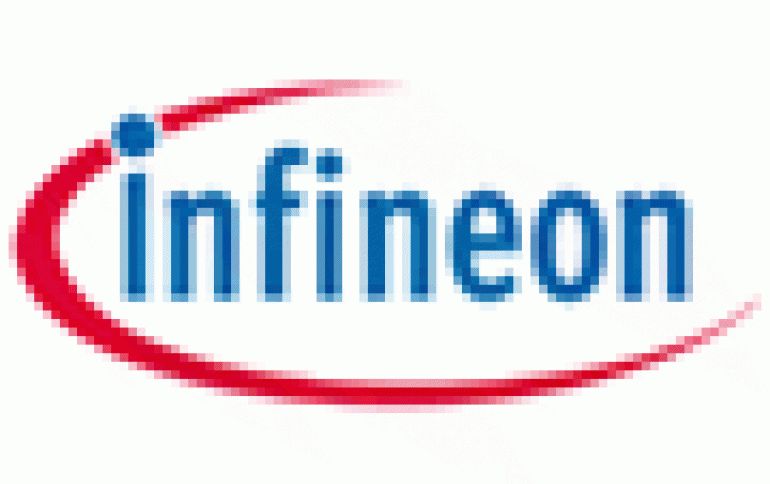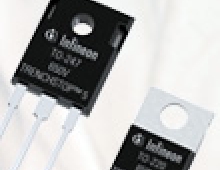
Infineon Introduces Cheap Production Platform for Mobiles
Infineon Technologies AG has laid the foundation for mass production of very low-cost mobile phones.
The production costs for such mobile phones could be cut by nearly one half in
future, from the current figure of around US $35 to below US $20. These costs
include the complete mobile phone with its keypad, display and charging system,
software for ensuring ease of use with the SMS and phone functions, packaging
and documentation.
Infineon?s platform is ready to release to handset manufacturers as a "reference platform" for new product designs, which means that ultra low-cost handsets could be planned for volume production in the first half of 2006.
With Infineon's new platform design, a mobile phone capable of basic voice and SMS service needs below one hundred electronic components, in contrast to the 150 to approximately 200 components required in models produced today. This is made possible by a highly integrated chip of Infineon that combines the processor and the send and receive electronics. The use of this single-chip means that numerous capacitors, filters and resistors are not needed and that the entire electronics package is just one-third the size of current designs, taking up just about 3 centimeters on 3 centimeters.
As a result, there is enough room in a typical size handset casing for a number of standard rechargeable batteries - such as nickel metal hydride (NiMH) AAA micro-cells. Infineon estimates that an ultra low-cost handset equipped with today's typical rechargeable mobile phone batteries would have a standby time of more than ten days and talk-time of more than four hours.
The US market-research company "Strategy Analytics" expects that more than 150 million ultra low-cost handsets, costing less than US $50 wholesale, will be sold throughout the world in 2010.
Infineon aims to provide the mobile phone manufacturers with chips for individual functions, and also with complete reference platforms for all types of mobile phone - ranging from ultra low-cost phones to multi-functional multimedia ones.
Infineon?s platform is ready to release to handset manufacturers as a "reference platform" for new product designs, which means that ultra low-cost handsets could be planned for volume production in the first half of 2006.
With Infineon's new platform design, a mobile phone capable of basic voice and SMS service needs below one hundred electronic components, in contrast to the 150 to approximately 200 components required in models produced today. This is made possible by a highly integrated chip of Infineon that combines the processor and the send and receive electronics. The use of this single-chip means that numerous capacitors, filters and resistors are not needed and that the entire electronics package is just one-third the size of current designs, taking up just about 3 centimeters on 3 centimeters.
As a result, there is enough room in a typical size handset casing for a number of standard rechargeable batteries - such as nickel metal hydride (NiMH) AAA micro-cells. Infineon estimates that an ultra low-cost handset equipped with today's typical rechargeable mobile phone batteries would have a standby time of more than ten days and talk-time of more than four hours.
The US market-research company "Strategy Analytics" expects that more than 150 million ultra low-cost handsets, costing less than US $50 wholesale, will be sold throughout the world in 2010.
Infineon aims to provide the mobile phone manufacturers with chips for individual functions, and also with complete reference platforms for all types of mobile phone - ranging from ultra low-cost phones to multi-functional multimedia ones.



















